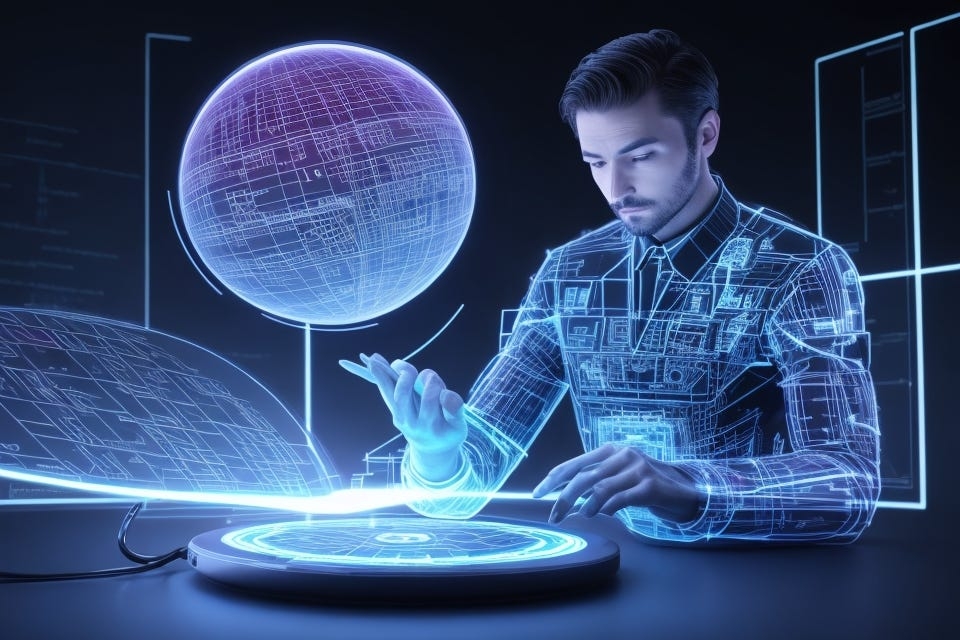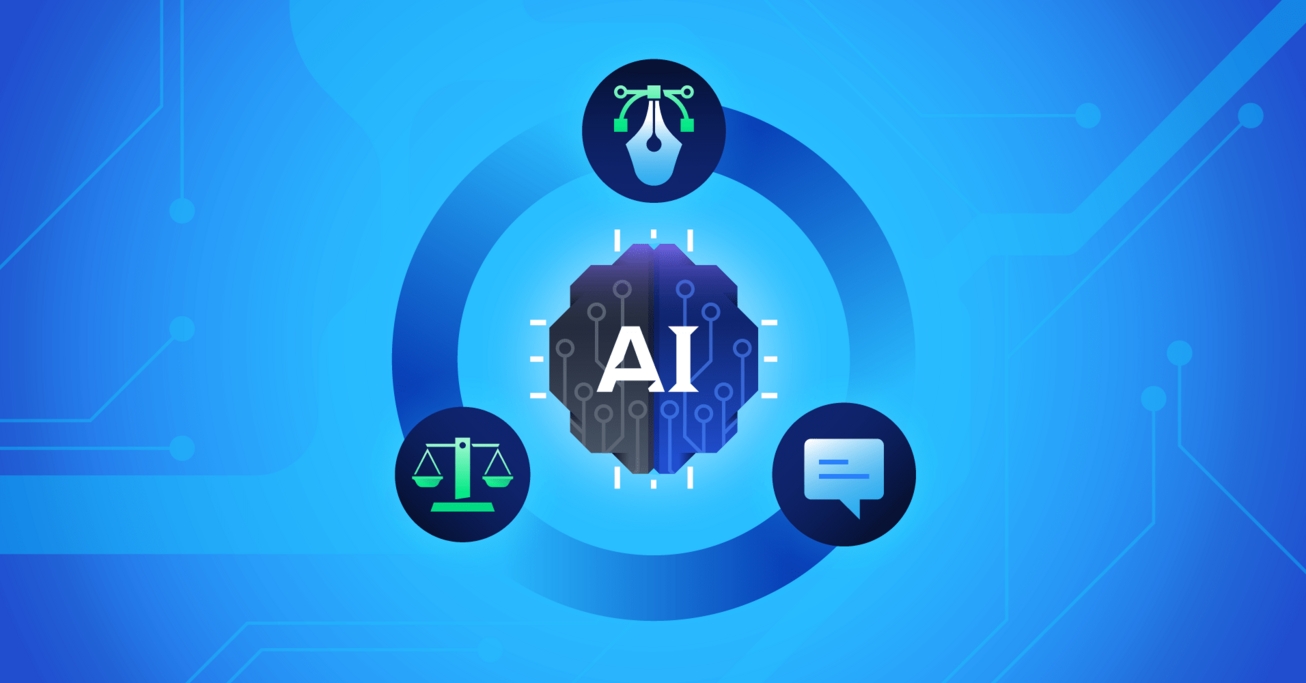AI Driven Skills for the Future of Design
The rapid advancement of artificial intelligence (AI) is reshaping various industries, including design. As we move towards an increasingly digital future, AI-driven skills are becoming essential for designers to stay competitive and relevant. In this article, we'll explore the key AI-driven skills that designers need to master for the future of design.

Introduction
In today's digital age, the role of designers is evolving rapidly. With the emergence of artificial intelligence (AI) technologies, designers are required to adapt and acquire new skills to stay ahead of the curve. AI-driven skills are becoming increasingly crucial for designers to remain competitive and meet the evolving demands of the industry.

Understanding AI in Design
Before delving into specific AI-driven skills, it's essential to understand the role of AI in design. AI technologies, such as machine learning and natural language processing, enable designers to automate repetitive tasks, analyze data more efficiently, and gain valuable insights into user behavior and preferences. By leveraging AI, designers can enhance creativity, streamline workflows, and deliver more personalized and engaging experiences for users.

Key AI-Driven Skills for Designers
Data Analysis and Interpretation:
Designers need to be proficient in analyzing and interpreting large datasets to uncover meaningful insights that inform their design decisions. AI-powered analytics tools can help designers extract valuable information from user interactions, market trends, and other sources to create more effective designs.

Generative Design:
Generative design is a process that involves using algorithms to generate design options based on specified parameters and constraints. Designers with skills in generative design can leverage AI to explore a vast range of design possibilities quickly and efficiently, leading to more innovative and optimized solutions.

Natural Language Processing (NLP):
NLP enables computers to understand, interpret, and generate human language. Designers can utilize NLP technologies to analyze user feedback, extract insights from customer reviews, and generate content that resonates with their target audience.

Computer Vision:
Computer vision technologies enable computers to interpret and analyze visual information from the real world. Designers can leverage computer vision tools to automate tasks such as image recognition, object detection, and content tagging, making the design process more efficient and scalable.

AI-Driven Design Tools:
Familiarity with AI-driven design tools is essential for designers to leverage the full potential of AI in their workflows. These tools include AI-powered prototyping platforms, automated layout generators, and virtual assistants that streamline various aspects of the design process.

Ethical AI Design:
As AI becomes more pervasive in design, designers must be mindful of ethical considerations surrounding AI technologies. Skills in ethical AI design involve understanding the potential biases and implications of AI algorithms, ensuring transparency and accountability in design decisions, and advocating for responsible AI practices.

Continuous Learning and Adaptation:
The field of AI is constantly evolving, and designers need to cultivate a mindset of continuous learning and adaptation to stay updated with the latest developments. By staying curious, exploring new technologies, and seeking opportunities for professional development, designers can future-proof their skills and remain at the forefront of the industry.

Conclusion
In conclusion, AI-driven skills are becoming increasingly indispensable for designers in navigating the complex landscape of modern design. By mastering skills such as data analysis, generative design, natural language processing, and ethical AI design, designers can harness the power of AI to create more innovative, personalized, and impactful designs. Embracing AI-driven tools and technologies and fostering a culture of continuous learning and adaptation are essential for designers to thrive in the future of design.
visit: https://procreator.design/ai-in-design







.png)






